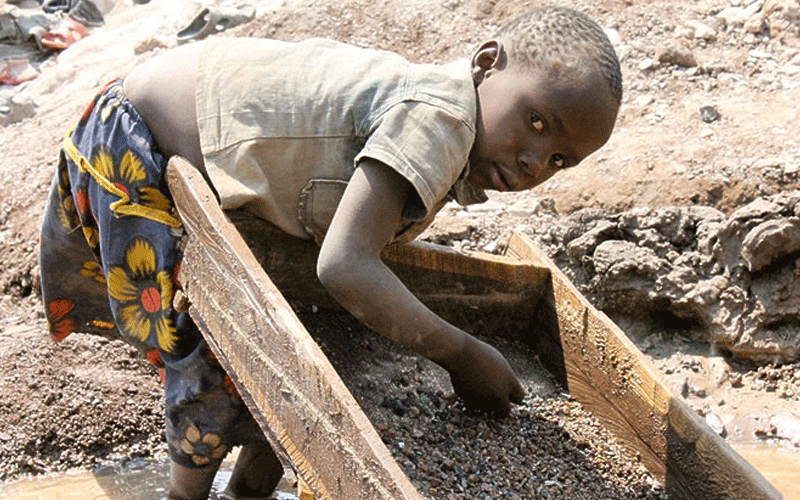Child abuse reporting on the rise

Nduta Waweru @Nduta__
Fifty-eight child abuse cases were registered in the first week of June 2020, raising the total reported cases since the first case of coronavirus was reported in Kenya to 329.
Data from116 helpline by Childline Kenya indicates physical abuse tops the list of violence against children, followed by defilement and child neglect.
According to Martha Sunda, the executive director, Childline Kenya, initially, there was a slight decrease in reported cases since March 14, followed by an increase in May.
“It is possible that during this time focus had shifted from issues of child abuse to issues of Covid-19 and the accompanying ‘new normal’ of quarantine, frequent hand-washing, social distancing, wearing masks, working from home among others.
After adjustment to the new normal, reports of child abuse have increased from May 2020 as shown from the data,” she says.
The trend has remained constant, with the three types of abuse remaining the highest reported cases just it was the case before Covid-19.
Heightened publicity
From January to May 2020, 510 cases have been reported to the helpline, which is more than 50 per cent of cases reported for the whole of 2019, which had 963 cases.
Out of these, child neglect was leading with 130 cases, followed by physical abuse at 122 cases and sexual abuse at 116 cases.
In terms of gender, girls make the bulk of sexual abuse cases at 105 compared to boys at nine.
More boys than girls experienced physical abuse at 64 and girls at 55, while child neglect stood at 69 for boys and 60 for girls.
Martha says among factors mentioned to have contributed to the violence as per the helpline include isolation of children and lack of support from caregivers, stress of caregivers caused by financial pressure and job worries; children living with parents with mental illness, addiction and substance abuse by caregiver and past childhood experiences that influence perpetrators’ behaviour.
“The main perpetrators of abuse are people known to the child and usually people who live in the same household with the abused children.
In general, immediate family members including parents and siblings are more abusive to children,” she explains.
The increase in reporting can also be attributed to heightened publicity of the helpline and increased ability of individuals at home to identify what constitutes abuse.
“Also, the helpline’s capacity (in terms of human resource and equipment), to receive and respond to calls, has been increased with support from individual and development partners including Unicef and ChildFund,” Martha adds.
Martha is quick to alert parents and caregivers that there are emerging issues affecting children including online abuse and exploitation and abuse of children perpetrated by children. In such cases, she calls for increase of awareness of child abuse.
“There is need to sensitise the public countrywide on the fact that child abuse, in all its forms, is not normal and must be stopped; that everybody has a role to play in child protection; and that the child helpline service exists on a 24-hour basis to respond to children in distress. Publicity of other reporting platforms is also encouraged so that the child has adequate avenues of seeking help,” she says.
She also calls for collaboration between state and non-state actors to ensure children access service they need from anywhere in the country as well as strengthen response to reported cases.
To parents, Martha says, “Equip children at every opportunity to be able to protect themselves from abuse and to also protect other children from abuse. Be present for your child and be their role model.
Create an environment where they would reach out to you first as a point of reference for clarity of issues or sharing their fears and discomfort.
Know the whereabouts of your child all the time. Know their friends and also know the content they interact with on the online space.












